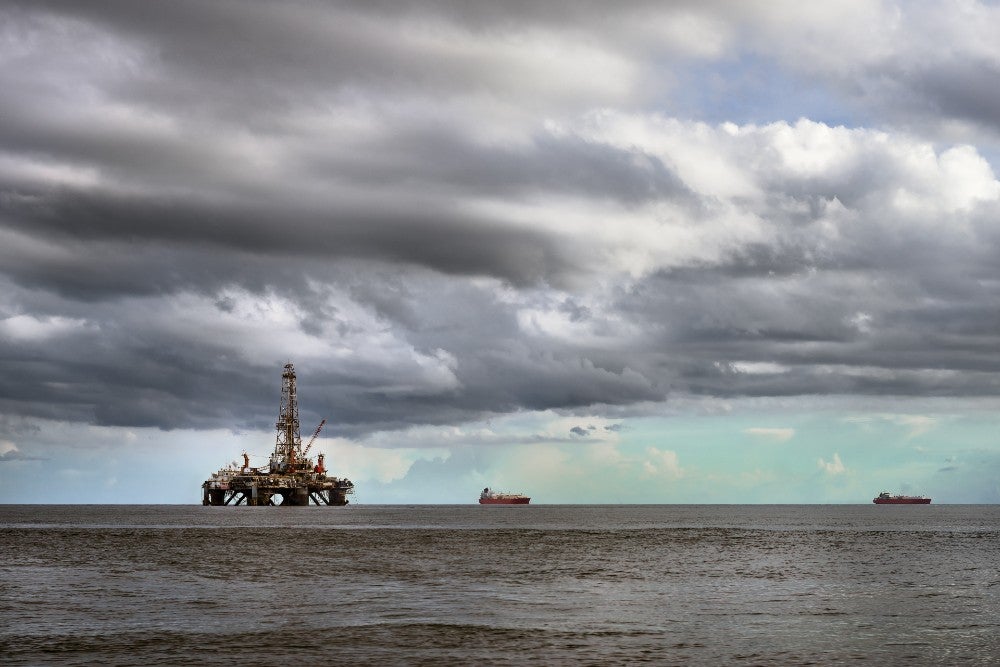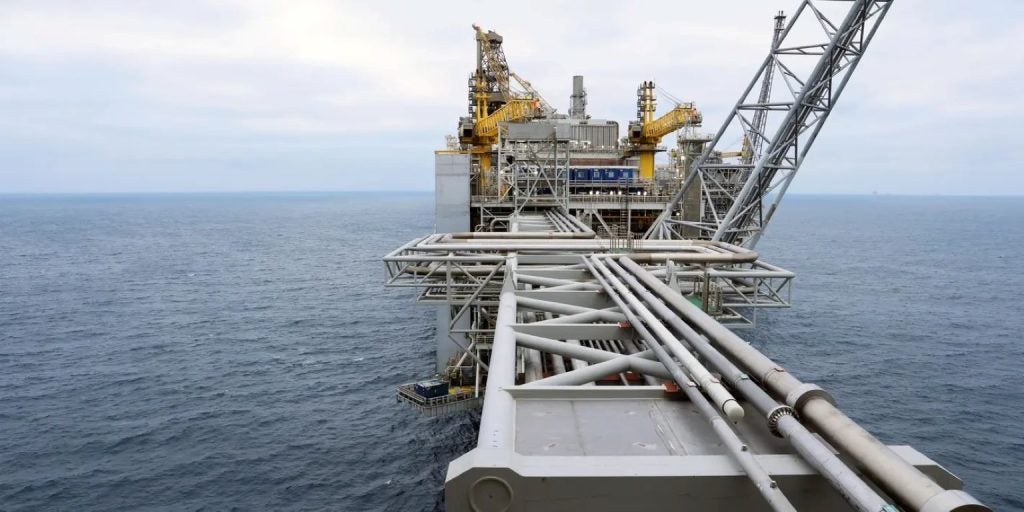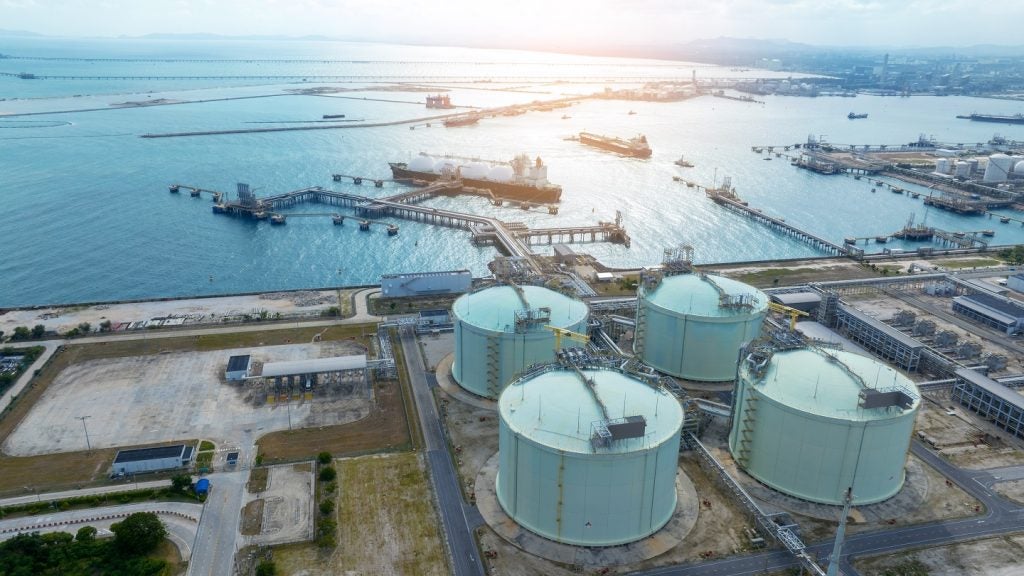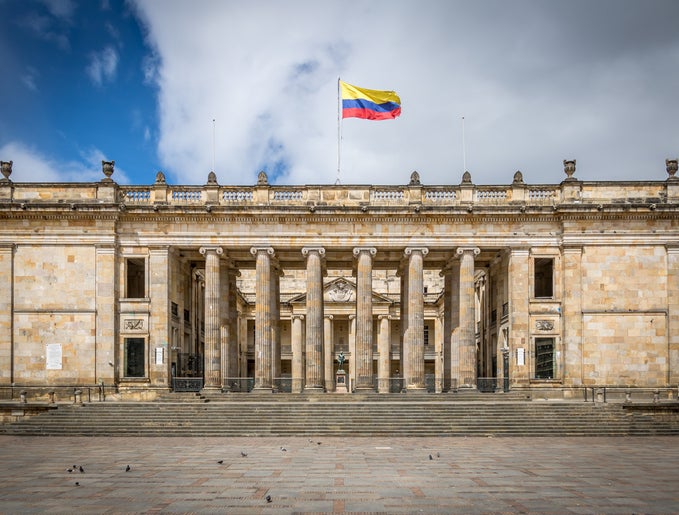
The oil and gas sector of Trinidad and Tobago (T&T) is dominated by the production of natural gas and exports of liquified natural gas (LNG). Natural gas production in the country is expected to grow by an average of 2% in the next three years and reach over 3,400 million cubic feet per day (MMcfd). However, in 2024 production starts declining at a 3% rate to a value of 3,200MMcfd in 2025, assuming no new projects are brought online to compensate. Unlike natural gas, crude oil production grows by 22% in 2021 but then plunges 31% in 2025 to 42,500 barrels of oil per day (bpd). The main driver of growth is in shallow water accumulations of the Columbus basin, which supplies 97% of the total country’s natural gas production.

In 2020, total production in Trinidad dropped by almost 22 thousand barrels of oil equivalent per day (Mboed) compared to last year and reached 587Mboed. The majority of produced resources are located in shallow waters while less than 1.5% of 2020 production comes from onshore fields. Crude oil production in 2020 dropped by 12.2% compared to last year and is now estimated at 50Mbd. Its gas production didn’t experience such a large decrease and stayed almost flat at 3,200MMcfd. The current Covid-19 related crisis had a low impact on sanctioned upstream developments in Trinidad and Tobago. All of the planned and announced projects were in an advanced planning stage and although they experienced some delays, they will be able to reach their expected production peaks within a reasonable timeframe.

There are ten planned or announced projects expected to come online between 2020 and 2024, where four are in shallow-water of Columbus and Southern basins, three are conventional gas fields in deepwater of Carupano Forearc and Columbus basins and the rest are onshore fields of the Mayaro and Siparia states. These fields will gradually supply 150MMcfd of natural gas in 2021 and almost 1.1Bcfd in 2025. However, it will barely compensate for the declining production from mature fields, making the overall country’s gas production decline after 2024. The largest production growth is coming from the offshore Colibri and Matapal fields, operated by Royal Dutch Shell Plc (Shell) and BP Plc respectively. Both are planned to pump their first production in 2022 and have a peak production rate exceeding 230MMcfd, which in combination represents almost 43% of overall additional production from future fields.

How well do you really know your competitors?
Access the most comprehensive Company Profiles on the market, powered by GlobalData. Save hours of research. Gain competitive edge.

Thank you!
Your download email will arrive shortly
Not ready to buy yet? Download a free sample
We are confident about the unique quality of our Company Profiles. However, we want you to make the most beneficial decision for your business, so we offer a free sample that you can download by submitting the below form
By GlobalDataTrinidad and Tobago is a major exporter of LNG, but due to the fact that natural gas production in the country has been declining ever since 2014, the country has faced a risk of undersupplying its downstream demand of feedstock natural gas. As a result, the Government of Trinidad and Tobago continues to make the availability of natural gas supply a key component in its energy policy. Ultimately, continued investment will be needed in new exploration drilling in order not only to keep production growing but constant.








Related Company Profiles
Colibri Pty Ltd
BP Plc
Shell plc
Shell Co., Ltd.